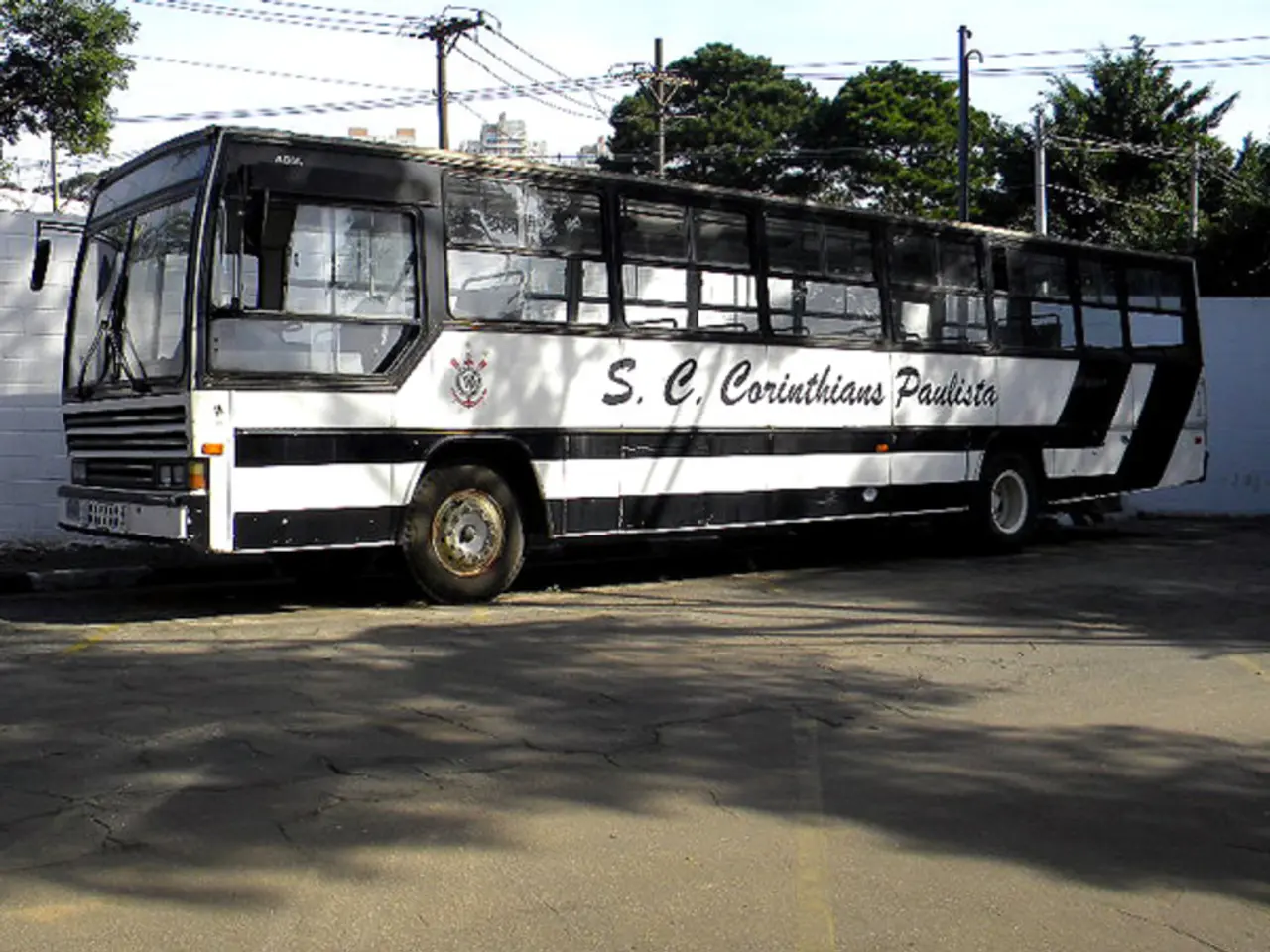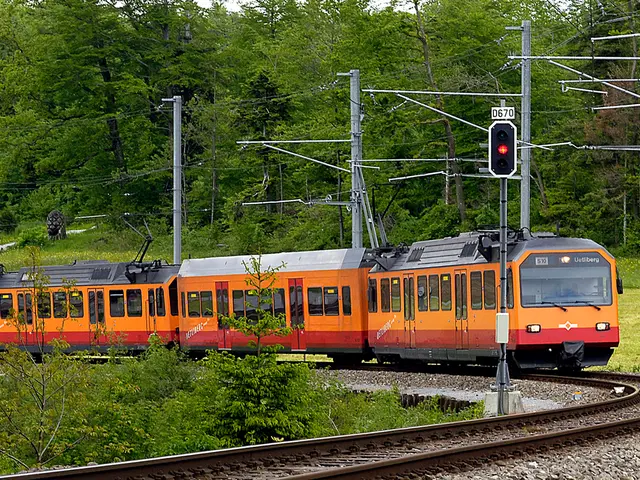Electric School Bus Adoption Gains Momentum, Despite High Cost
The shift towards electric school buses is gaining momentum, with over 8,600 purchases committed by school districts. This move, backed by federal initiatives like the Clean School Bus Program, is crucial for combating climate change and improving public health. However, the high cost of electric buses, driven by battery markups, remains a challenge.
Electric school buses are vital for reducing students' exposure to traffic pollution, which negatively impacts academic performance and long-term social capital. Despite their high cost, averaging nearly $352,000 compared to less than $100,000 for diesel buses, they are increasingly popular. Since 2021, most electric school bus purchases have been committed.
To make electrification more affordable, options include government subsidies and incentives, bulk purchasing agreements, strategic charging infrastructure investment, using longer-lasting batteries, and implementing phased or hybrid fleet conversion. These strategies can help overcome the ten to almost fifteen times markup on battery costs.
While only about 4,000 electric school buses have been deployed so far, representing less than 1 percent of all school buses, the federal government is supporting the transition. The Clean School Bus Program provides $5 billion between 2022 and 2026 for grants and rebates. As the benefits of electric school buses are clear, addressing their high cost is essential for wider adoption.
Read also:
- Senate Tillis under spotlight in North Carolina as IRA tax incentives remain uncertain
- projected growth for the natural acetoin market: $291.6 million by 2034
- Latest Edition of Bus-News Magazine Arrives for 2023!
- Testing the Camp Mode of the 2025 Tesla Model Y with Juniper's interior housing two kids, shockingly low CO2 levels were discovered.








